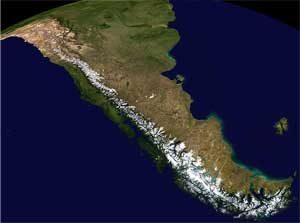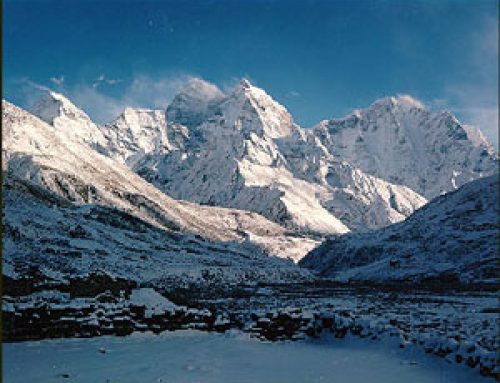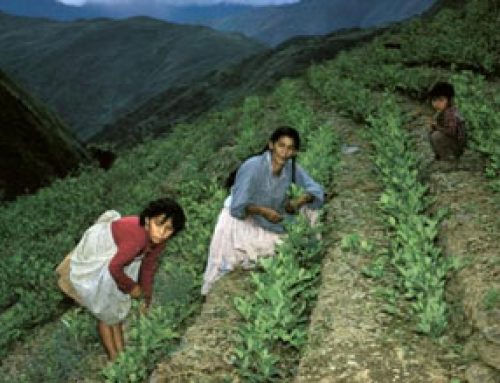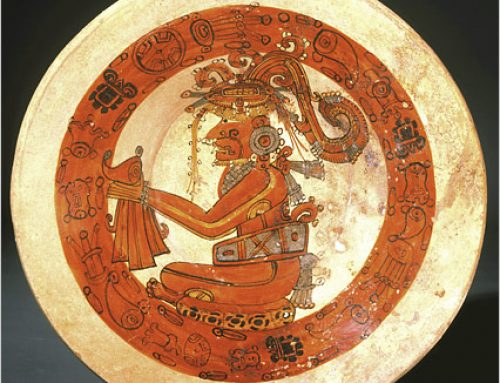
The Andes mountains run down the Pacific side of South America
When did the Andes form?
About 199 million years ago, near the beginning of the Jurassic period, was the time of the dinosaurs. That’s when the supercontinent of Pangaea broke up and the pieces began to float away from each other. The supercontinent split up into the continents we have today.
What else happened in the Jurassic?
More about dinosaurs
All our geology articles
What made the Andes mountains?
The Pacific Ocean tectonic plate started to squeeze under the South America plate, pushing up the Andes mountains that now run all along the west side of South America.
What are tectonic plates?
All our South America articles

Andes mountains in Peru
Are the Andes older than the Alps?
The Andes mountains are far older than the Alps, the Rockies, or the Himalayas. They’re the oldest high mountains in the world, though they are newer than the Appalachian mountains or the Ural mountains.
More about the Alps
More about the Himalayas
What plants and animals come from the Andes?
The Andes were the original home of llamas. Wild tomatoes and potatoes grew there. The Andes were also the original home of tobacco and coca, the source of many modern painkillers like Novocaine and Lidocaine.
More about llamas
History of tomatoes
All about potatoes
Human history of the Andes mountains
People first moved into the Andes mountains about 15,000 years ago, when they reached South America. The Norte Chico and Valdivia people went into the Andes early on. Later, it was the Nazca and the Inca. These people domesticated potatoes and tomatoes, so they could spread to other parts of the world. And they started farming tobacco and coca, too. When the Spanish arrived in the 1500s, they took these foods and medicines and spread them all over the world.
More about the Norte Chico people
Who were the Nazca?
What about the Inca?
Learn by Doing – Graph the height of mountain chains
More about the Rocky Mountains
Bibliography and further reading about the Andes:





[…] comes from cocoa beans, Cocoa trees may have gotten their start on the lower slopes of the Andes Mountains. Cocoa trees can only live in hot, rainy places near the […]